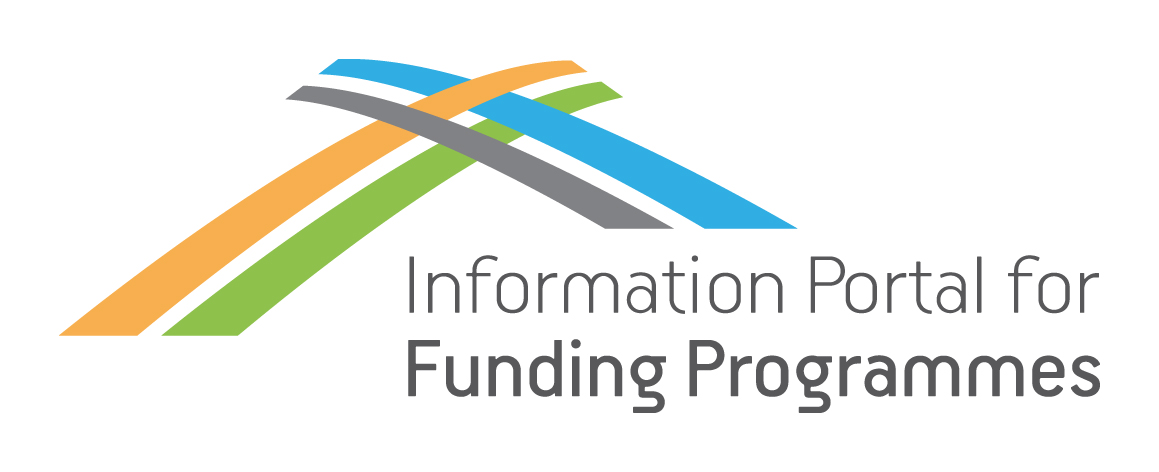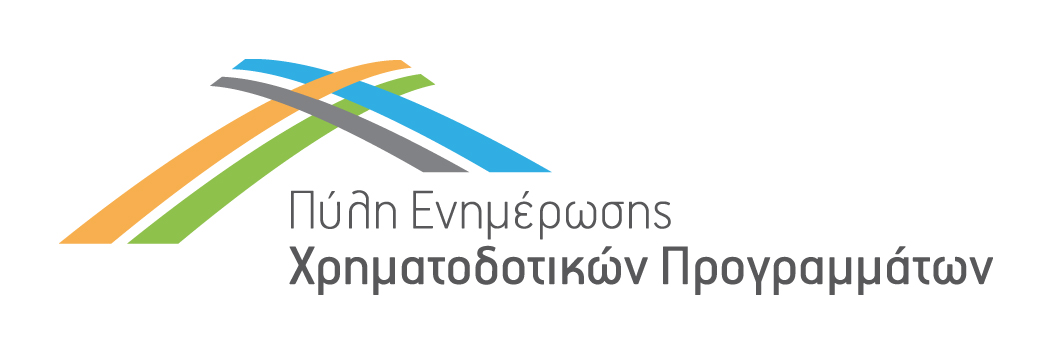Improved lifetime and cost of high-temperature electrolysers by introducing innovative materials and components in stacks and BoP
Programme Category
Programme Name
Programme Description
The Clean Hydrogen Joint Undertaking or Clean Hydrogen Partnership is a unique public-private partnership supporting research and innovation (R&I) activities in hydrogen technologies in Europe. It builds upon the success of its predecessor, the Fuel Cells and Hydrogen Joint Undertaking.
Identifier Code
Call
Summary
The scope of this topic is centred around minimising the effects of degradation to consequently extend the lifetime of high temperature steam electrolysers (HTSE) such as solid oxide electrolysers (SOEL) and proton-conducting ceramic electrolysers (PCCEL). HTSE technology has the potential to achieve a low cost of hydrogen production because of its higher energy efficiency due to the operation at high temperature.
Detailed Call Description
Due to the latter, degradation mechanisms such as electrocatalyst agglomeration and migration, delamination of electrodes from electrolyte layers, interconnects oxidation, thermal cycling failure and structure cracking for instance of sealings are common sources of lifetime degradation and further reasons for the replacement of components or even full stacks. In addition to that, instability in load due to renewables intermittency or grid fluctuations are also sources of degradation and need to be addressed accordingly.
Moreover, the link between materials improvements and design (of cells, stacks, modules, systems, and balance of plant) should be demonstrated. Electrolysers are supposed to target lifetimes of over 40,000 hours, albeit undergoing long-term calendar tests (> 10,000 hours) is rather impractical, and thereby this sets the scene for accelerated-stress tests (AS-T) and modelling techniques that can predict the lifetime achieved by potential new technologies.
Considering the above-given background, the project should address the following issues:
- Materials and advanced manufacturing techniques improvements aiming to address the deactivation of electrocatalysts within the fuel electrode, microstructure sintering and interdiffusion between species within the oxygen electrode, degradation of sealing due to long-term high temperature operation, chromium oxidation in interconnect stainless steels and growth of poorly conducting oxide layers between the metallic interconnect plates and the electrodes;
- Development of circularity by working on upstream and downstream recycling processes, targeting to minimise the utilisation of raw critical materials. In particular, design strategies that allow for facile re-utilisation of half-cell materials, utilisation of manufacturing scrap in the process, as well as the development of materials originating from downstream recycling within the stack;
- Optimisation of load variation and fluctuation including the electrolysers’ integration with renewable energy sources;
- Optimisation of BoP components and architectures to minimise their impact on stack degradation and improve overall system performances (e.g. steam generator, power quality from the power electronics components towards the electrolyser plant under Renewable Energy conditions, valorisation of stack heat for hydrogen compression, optimisation of gas purification concept, efficient multi-stack design etc.);
- Introduction of techniques to understand long-term degradation, such as accelerated-stress tests, and modelling.
Those developments should be validated at the scale of stacks steadily producing a minimum of 20 kW nominal power, within a long-term operation of above 2,000 h. Validation should be compatible with system levels. In this context, innovative BoP components (e.g. power electronics, compressor, gas purification system) may be tested together with the stacks if relevant to validate the innovative system integration. The use of a hardware-in-the-loop approach to simulate the operation of system components that are not part of the targeted development may also be considered.
Call Total Budget
Financing percentage by EU or other bodies / Level of Subsidy or Loan
Expected EU contribution: €4.000.000
Thematic Categories
- Energy
- Research, Technological Development and Innovation
Eligibility for Participation
- Other Beneficiaries
- Researchers/Research Centers/Institutions
Call Opening Date
Call Closing Date
EU Contact Point
Email: info@clean-hydrogen.europa.eu
Phone number: +32 22218148
Postal address: Avenue de la Toison d’Or 56-60, 1060 Brussels, Belgium




